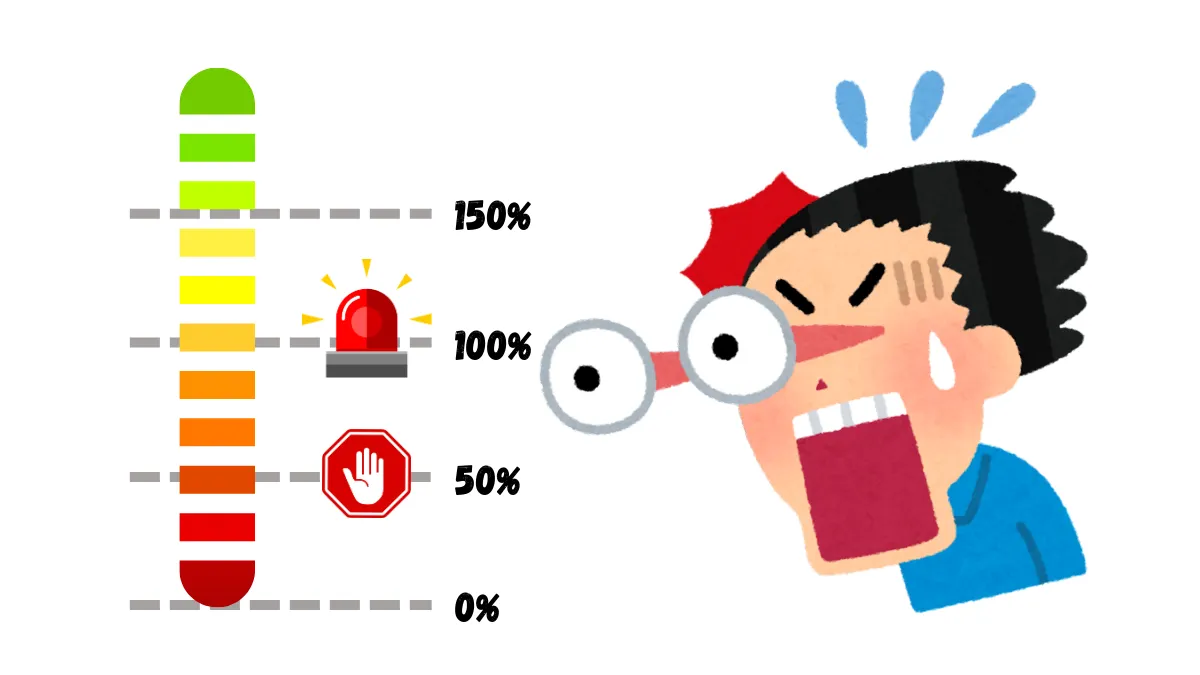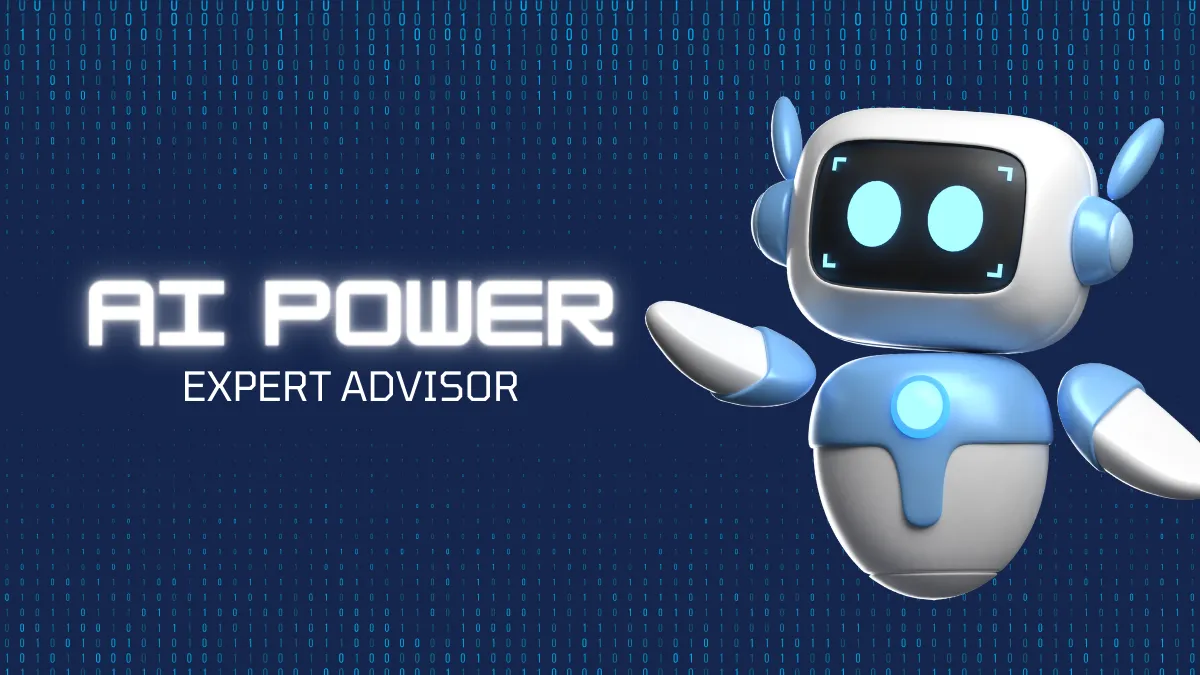What is buying and selling currency pairs?
In the foreign exchange market, traders participate by buying and selling currency pairs.A currency pair consists of two different countries' currencies, representing the value of one currency relative to another.
Every transaction involves simultaneously buying one currency and selling another. This method of operation is the core of foreign exchange trading.
For example, when you trade EUR/USD (Euro/US Dollar), if you buy the pair, it means you believe the Euro will appreciate against the US Dollar. You are actually buying Euros and selling US Dollars. Conversely, when you sell the pair, it means you believe the Euro will depreciate and the US Dollar will appreciate, so you are actually selling Euros and buying US Dollars.
Buying a currency pair (Going Long)
When you believe the base currency (the currency on the left) of a pair will appreciate, you perform a buy operation, also known as "going long".For example, if you think the Euro will appreciate and the US Dollar will depreciate, you would buy EUR/USD, expecting the exchange rate to rise, and then sell at a higher price to earn the difference.
Example:
If you buy EUR/USD when 1 EUR = 1.1000 USD and the exchange rate rises to 1.1500 USD, you can sell for a profit. This means you can get more US Dollars for 1 Euro.
Selling a currency pair (Going Short)
Conversely, if you believe the base currency will depreciate, you can sell the currency pair, which is known as "going short".In this case, you are first selling the base currency (the currency on the left), expecting the exchange rate to fall, and then buying it back at a lower price to earn the difference.
Example:
If you sell EUR/USD when 1 EUR = 1.1000 USD and the exchange rate falls to 1.0500 USD, you can buy it back at a lower price to make a profit.
Spread
In foreign exchange trading, every currency pair has two prices: the ask price and the bid price.The ask price is the price at which you can buy a currency pair, and the bid price is the price at which you can sell it.
The difference between the two is called the spread, which is one of the main sources of income for foreign exchange brokers. The smaller the spread, the lower the trading cost.
Leverage Trading
A major feature of the foreign exchange market is the ability to trade with leverage.Leverage allows traders to control a larger position with a smaller amount of capital.
For example, with 50:1 leverage, a trader can control a $50,000 position with only $1,000 of capital.
This can amplify profits, but it can also equally amplify losses, so it should be used with caution.
Risks and Strategies in Currency Pair Trading
Trading currency pairs offers potential profit opportunities, but it also comes with risks.Exchange rate movements are affected by various factors, such as economic data, central bank policies, and political events.
To succeed in foreign exchange trading, traders usually need to master the following strategies:
- Technical Analysis: Predicting future exchange rate movements by studying historical price charts and indicators.
- Fundamental Analysis: Focusing on economic data and global events to analyze their impact on exchange rates.
- Risk Management: Setting stop-loss orders to limit potential losses and protect capital.
Practical Steps for Buying and Selling Currency Pairs
- Choose a currency pair: Decide which pair to trade, such as EUR/USD or GBP/JPY.
- Analyze the market: Use technical or fundamental analysis to determine the market direction.
- Execute the trade: Based on your analysis, decide whether to buy (go long) or sell (go short) the currency pair.
- Manage risk: Set stop-loss orders and take-profit targets to control risk and potential profit.
Hi, We are the Mr.Forex Research Team
Trading requires not just the right mindset, but also useful tools and insights.Here, we focus on Global Broker Reviews, Trading System Setup (MT4 / MT5, EA, VPS), and Forex Trading Basics.
We personally teach you to master the "Operating Manual" of financial markets, building a professional trading environment from scratch.
If you want to move from theory to practice:
- Help share this article to let more traders see the truth.
- Read more articles on Broker Tests and Forex Education.





